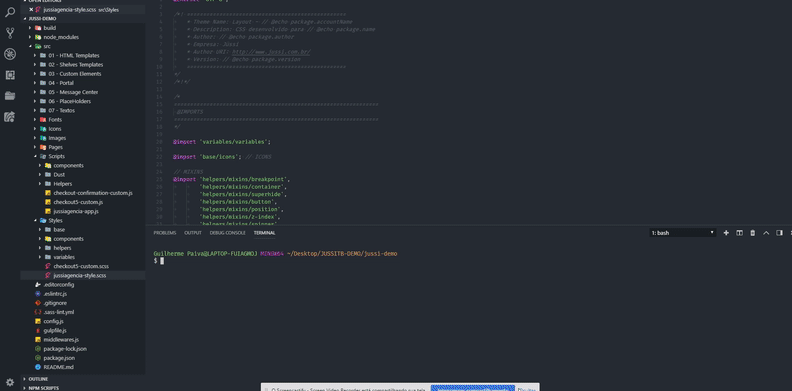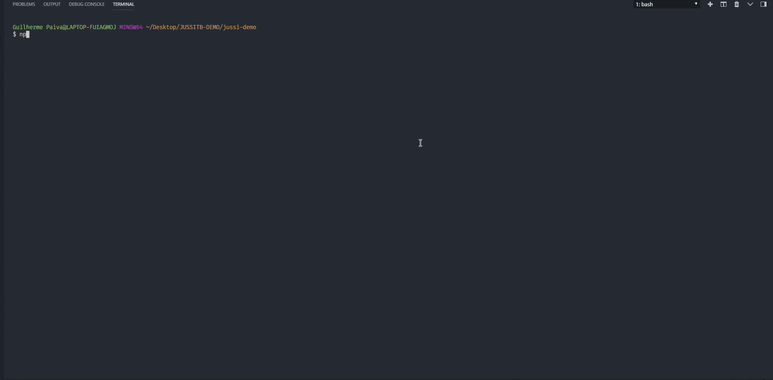vtexlegacytb v1.5.0-b
vtexlegacytb
CLI Utils for:
- Deploy files and templates on VTEX CMS
- Create a vtex local environment/project architecture
- Helpers to create static pages, controller and modules
Installation
$ npm install -g vtexlegacytbvtexlegacytb global usage
$ vtexlegacytb deployProvide your email and account name to login, after wait the upload processes.
vtexlegacytb.lock.json
The process will generate a vtexlegacytb.lock.json file in root path of your project.
This file is used to cache files and prevent upload files with same content, we recomend to not delete or ignore this file.
vtexlegacytb.auth.json
The process will generate a vtexlegacytb.auth.json file in root path of your project.
This file is used to cache your auth login cookie, we recomend to ignore this file in .gitignore.
Extra
Other utils commands:
Help
$ vtexlegacytb -hDeploy auto provide account and email
$ vtexlegacytb deploy --account <accountName> --email <email>Force update all files ignoring lockfile
$ vtexlegacytb deploy --forceDeploy Template Files
$ vtexlegacytb htmlDeploy SubTemplate Files
$ vtexlegacytb subDeploy ShelvesTemplate Files
$ vtexlegacytb shelfDeploy Assets Files
$ vtexlegacytb assetsvtexlegacytb project workflow
Run vtexlegacytb createProject to create a new project folder.

Provide a project name, vtex-account and if you want to sync the vtex registered templates,
After a long winter (installing de dependencies) you will be able to run de project with gulp:

With gulp we run a reverse proxy server to css and js local files, so you can edit and see the changes with live reload. And you can work with: ES6, ES6 Modules, SCSS, Nitro controllers and modules. We highly recommend to make this project a github (private or public) repository
After all work done, you can deploy your store:

With npm run deploy the project will be compiled and deployed in the specific vtex account.
Another npm scripts in your project:
Deploy the project after compile the project with all static pages
$ npm run deploy-pagesCreate a new Nitro.controller() after provide a controller name
$ npm run create-controllerCreate a new Nitro.module() after provide a module name
$ npm run create-moduleCreate a new static page folder after provide a controller name
$ npm run create-page
